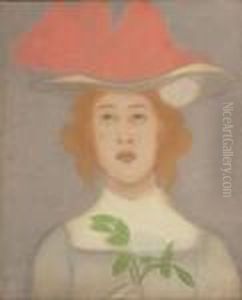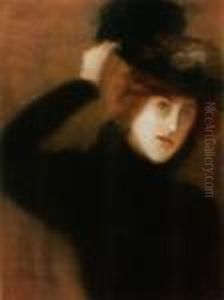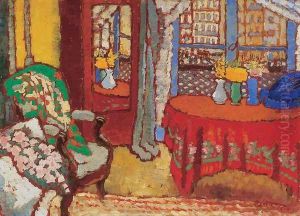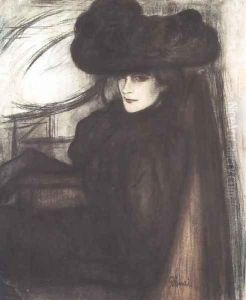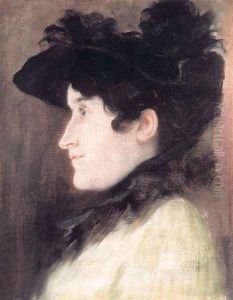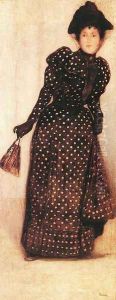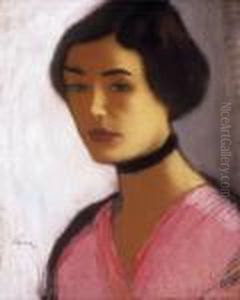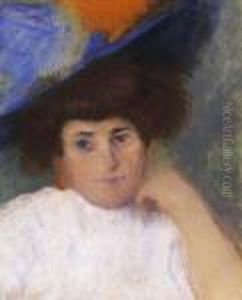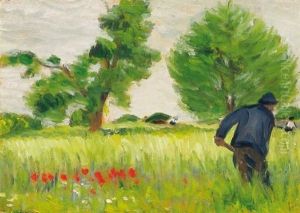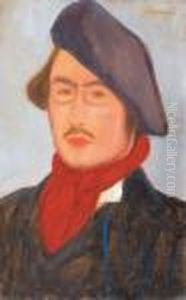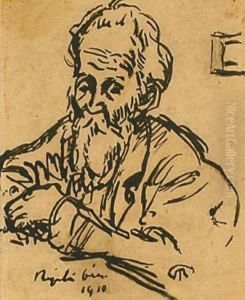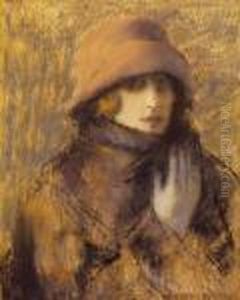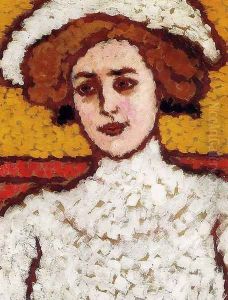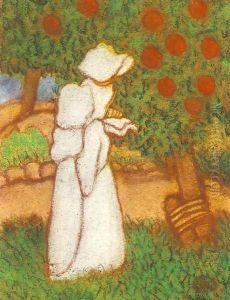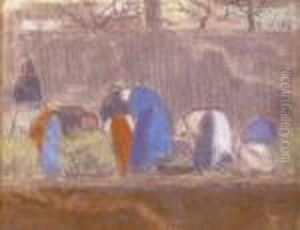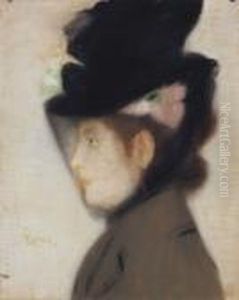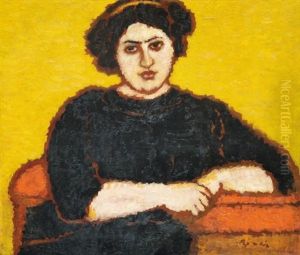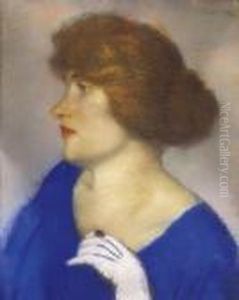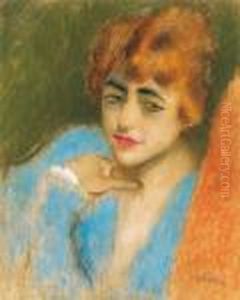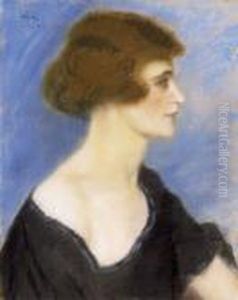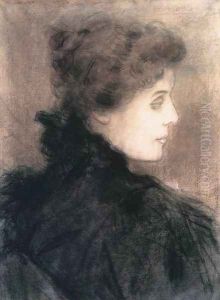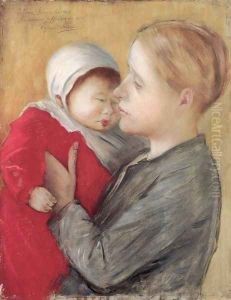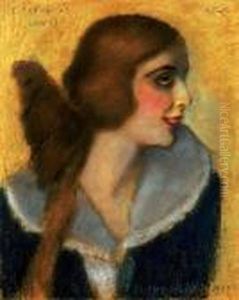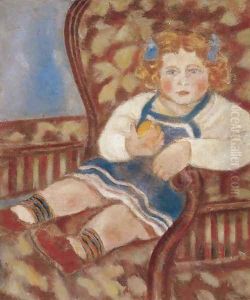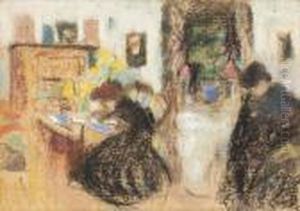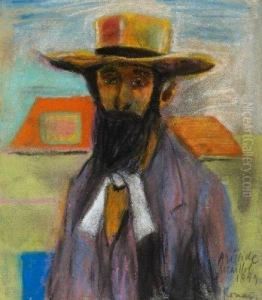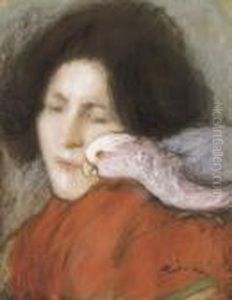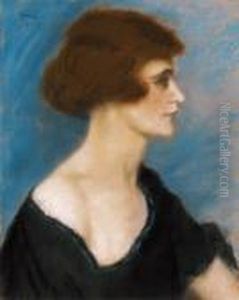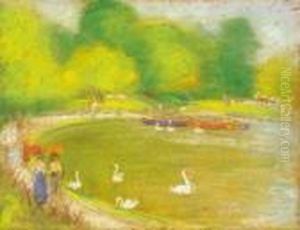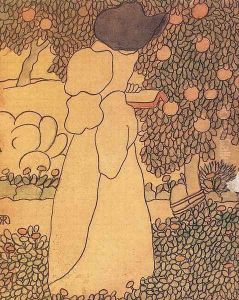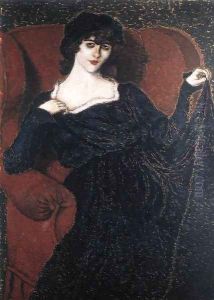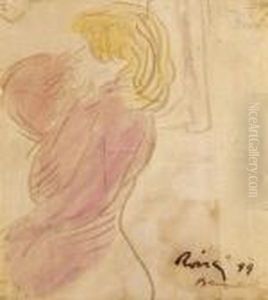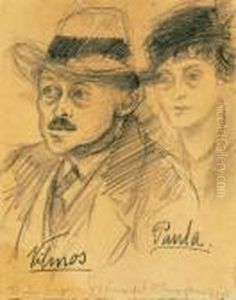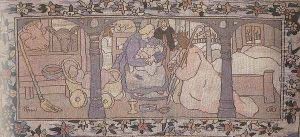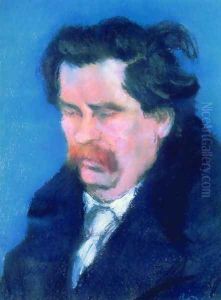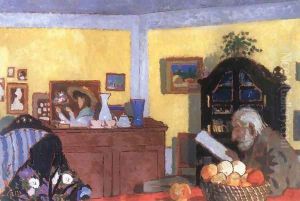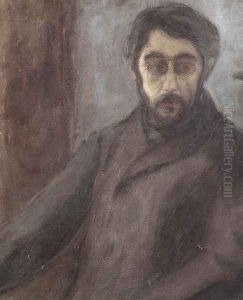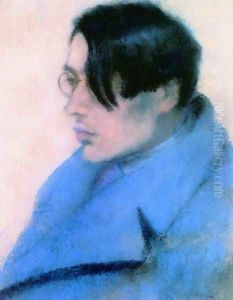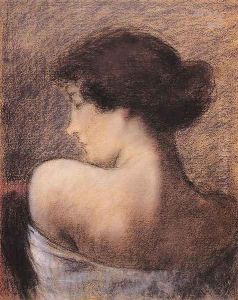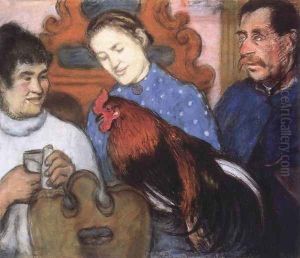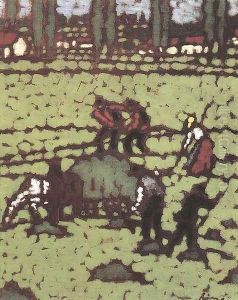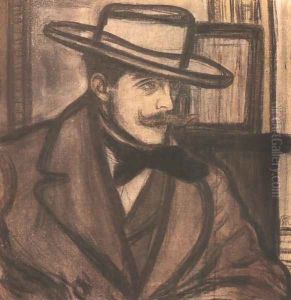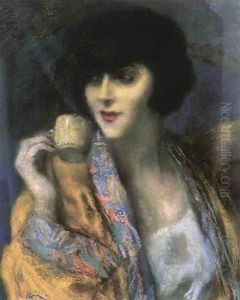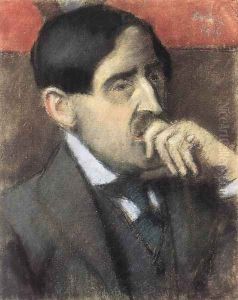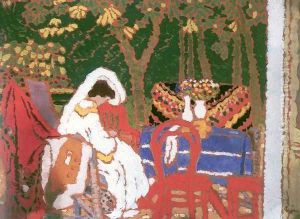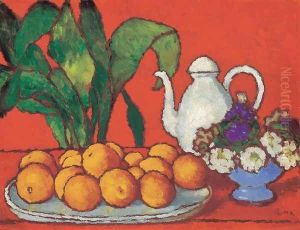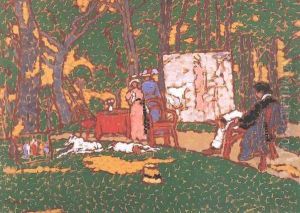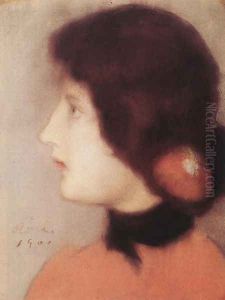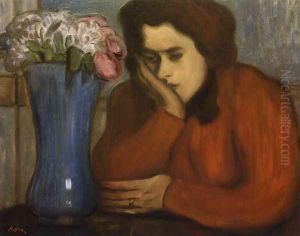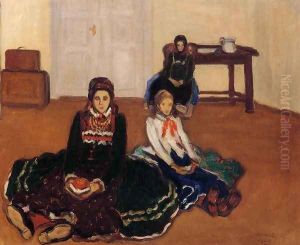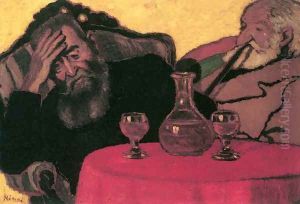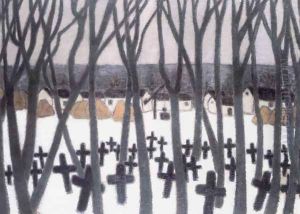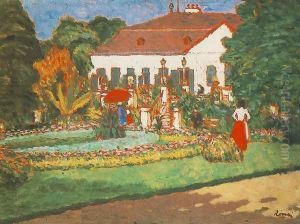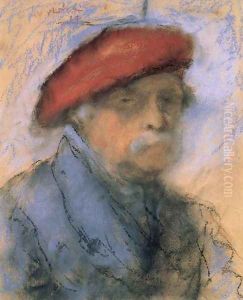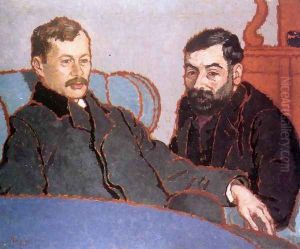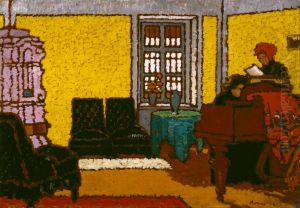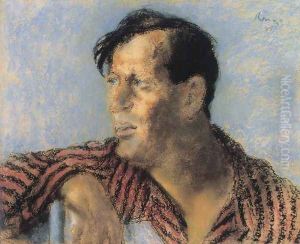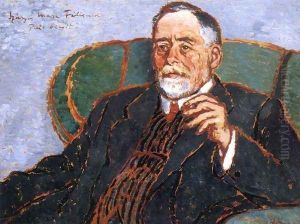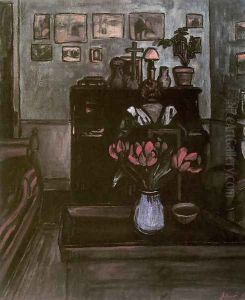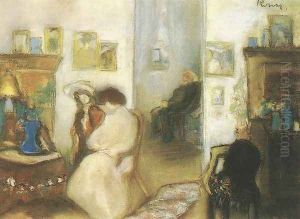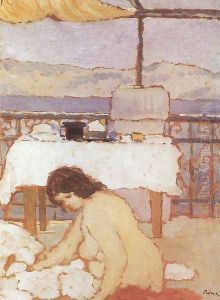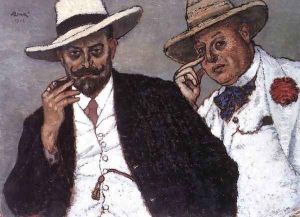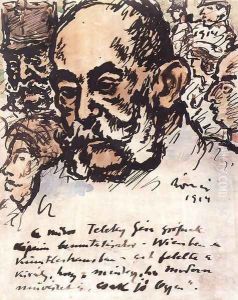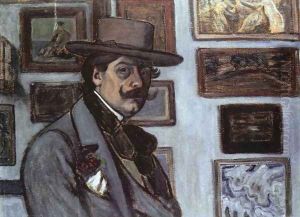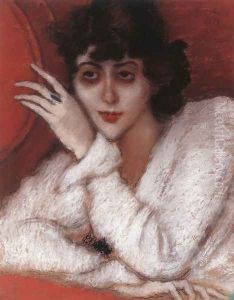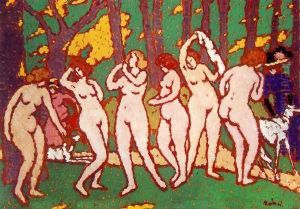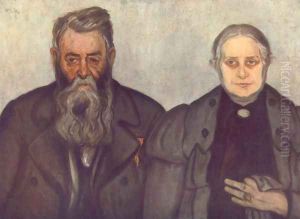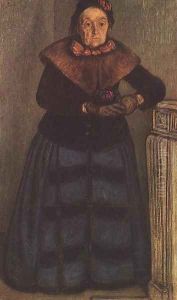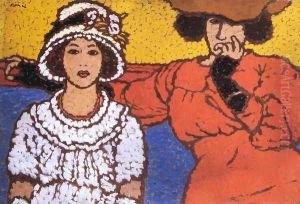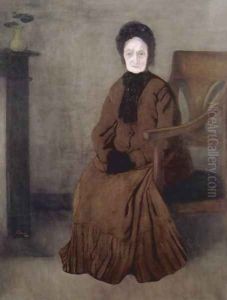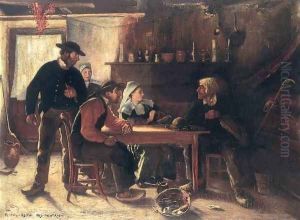Jozsef Rippl-Ronai Paintings
József Rippl-Rónai was a Hungarian painter, born on May 23, 1861, in Kaposvár. He is widely regarded as one of the foremost figures in the development of Hungarian art at the turn of the 20th century. Rippl-Rónai initially studied pharmacology, but his passion for art led him to the Munich Academy of Fine Arts in 1884. After his studies in Munich, he moved to Paris in 1887, where he became a student of Mihály Munkácsy, a renowned Hungarian artist. This period was crucial for Rippl-Rónai as he was exposed to the contemporary art movements that were flourishing in Paris at the time.
In Paris, Rippl-Rónai became associated with the Nabis, a group of Post-Impressionist avant-garde artists who set the pace for fine arts at the end of the 19th century. Through this association, Rippl-Rónai developed his distinctive style characterized by solid forms, bold colors, and a decorative quality. His works from this period, often featuring portraits and domestic scenes, reflect the influence of the Nabis and are marked by a certain intimacy and warmth.
Rippl-Rónai’s signature style continued to evolve, and he started to produce works that were increasingly symbolist in nature. He often focused on creating harmonious compositions and was particularly known for his innovative use of color. His paintings also showed an interest in capturing the essence of his subjects, whether they were people, landscapes, or still lifes.
Upon returning to Hungary in 1896, Rippl-Rónai became a leading figure in the Hungarian art scene. He played a pivotal role in introducing Western European artistic trends to Hungary and was influential in shaping the development of Hungarian modernism. His home country offered him significant commissions, including the design of the stained glass windows and mosaic work for the Kecskemét Town Hall and a series of murals for the Andrássy dining room in Budapest.
Throughout his career, Rippl-Rónai exhibited his work at various prestigious venues, including the Venice Biennale and the Salon d'Automne in Paris. His contributions to art were recognized with numerous awards and honors, and his legacy continued to influence Hungarian artists long after his death on November 25, 1927, in Kaposvár. Today, Rippl-Rónai is remembered as a pioneer of modern Hungarian painting, and his works are held in high esteem both in Hungary and internationally.
